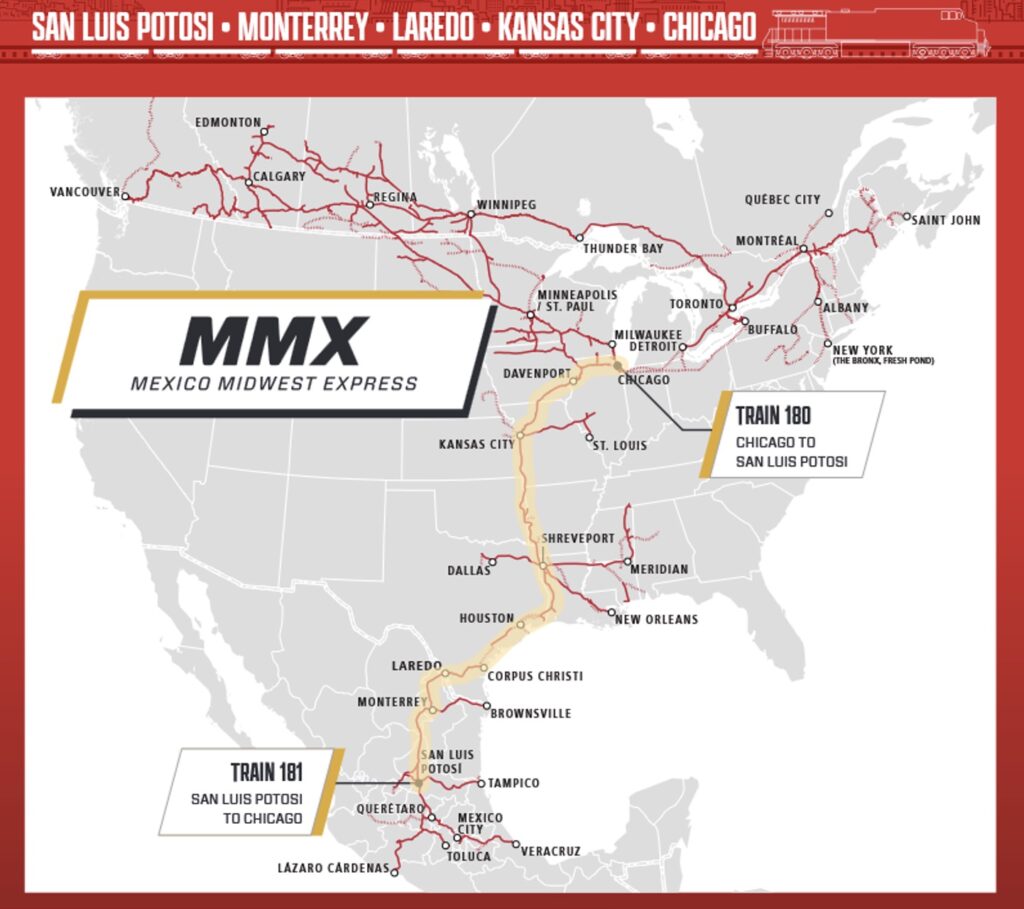The idea of a shipping container terminal in Coos Bay is not a new one. In 2015 the Oregon Legislature appropriated $60 million in lottery funds for the nonfederal cost share of dredging associated with expansion of the navigation channel in Coos Bay, in anticipation that the Maersk shipping company would develop a container terminal in Coos Bay. Maersk had also considered developing a container terminal in Coos Bay in 2008. Neither terminal plans came to fruition. In 2021, the Port of Coos Bay and NorthPoint Development announced plans to construct the Pacific Coast Intermodal Port on the North Spit of Coos Bay anticipating capturing market share of 2 million containers (TEUs) from other North American west coast ports.
In the last decade, however, all North American west coast ports have invested considerable funds in expanding and upgrading facilities. To attempt to put the PCIP plans into context it is helpful to understand the scale and capabilities of these ports.
Handled 739,351 TEUs in 2024
One terminal. Two berths
4 container vessel calls/week. Can handle 21,000+ TEU Vessels
Berth depth: 17.0 m (55.8 ft) at low tide
On-dock rail. Trains of up to 2.2 miles in length
Served by Canadian National (CN) Rail’s North American network (See map)
Handled 3.5 million TEUs in 2024
Four terminals
Currently soliciting bids for a new three-berth Roberts Bank Terminal 2 to increase container trade capacity by more than 30% on Canada’s west coast.
On dock rail with three Class 1 railroads (CN, CPKC, and BNSF)
Seattle handled: 1.08 million TEUs in 2024
Tacoma handled: 1.5 million TEUs in 2024
Ten terminals. Can handle 18,000 – 24,000 TEU Vessels
10 – 15 container ships/week
Berth depth: 51 – 55 ft
On the dock rail: Union Pacific and BNSF Railway. In April 2025, BNSF and Norfolk Southern (NS) launched a new faster intermodal service to Chicago, with trains built in less than two days, and cargo delivered to Chicago in six days or less.
The Port of Portland ceased container ship operations in 2017. In 2024 it secured an agreement for a private operator, Harbor Industrial, to take over the terminal operations. The State allocated $25 million to support the container service and $15 million for the initial state funding for dredging the Columbia River channel.
Handled 44,000 TEUs in 2023
One container terminal. 5 berths
Berth depth: 43 ft
On the dock rail
Handled 1.79 million TEUs in 2024.
6 container terminals. 21 berths
Berth depth: 50 ft
10 container ships/week
Near-Dock Rail: A rail yards is located close to the marine terminals, but containers still need to be moved by truck to and from the rail yards. The port is undertaking a pilot project for on the dock rail at their largest terminal. The Port of Nevada and the Port of Oakland collaborate to offer Intermodal service via Union Pacific. The port is currently planning to increase the size of the turning basins.
Handled 9.6 million TEUs in 2024
6 container terminals
Berth depth: 55 ft
On dock rail. In 2024, the port received a $283 million Mega grant and a $52.6 million Port Infrastructure Development Program grant for the Pier B On-Dock Rail Support Facility funded by the Bipartisan Infrastructure Law from the U.S. Department of Transportation. Over the next decade, the port plans to invest more than $3.2 billion in capital projects that drive efficiency and make cargo operations more sustainable. The port has direct rail intermodal service connecting it to Salt Lake City’s Utah Inland Port Authority (UIAP) via Union Pacific. Upon arrival, UIPA handles distribution via truck or rail to a new destination or to a distribution center.
Handled 10.3 million TEUs in 2024
7 container terminals
Berth depth: 45 – 53 ft.
Five on-dock railyards and one near-dock railyard
Over the last three years, the port has received nearly a billion dollars in federal and state funding, led by a $412 million EPA grant announced in 2024 for zero emission equipment and terminal upgrades.
Handled 3.5 million TEUs in 2024
One container terminal
Berth depth: 55 ft. Can handle 24,000 TEU vessels
21 container ships/week
The Mexican Naval Ministry (SEMAR) plans to oversee the $3 billion capacity expansion to 10 million TEUs expected to be completed in 2030.
Handled 2.0 million TEUs in 2024
2 container terminals. 5 berths
Berth depth: 49 – 59 ft
17 container ships/week
On dock rail. APM Terminals owns and operates the intermodal rail yard. The Canadian Pacific Kansas City rail company’s MMX Intermodal service connects Mexico to the Midwest and Chicago.
The web site Vessel Finder allows you to see where in the world container ships are travelling.

